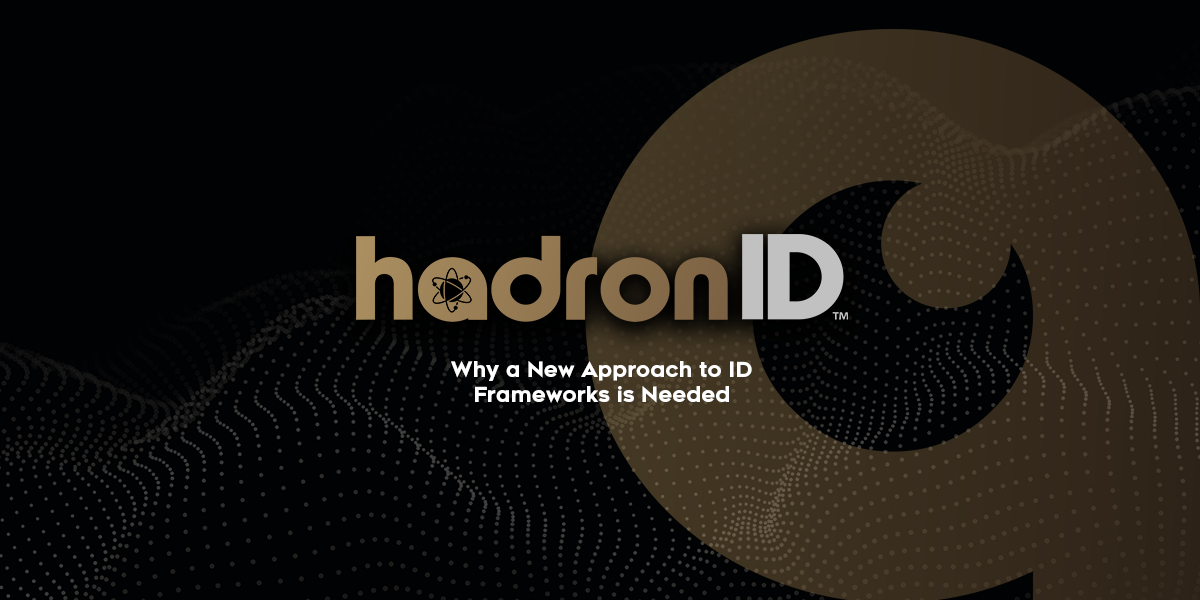


The digital advertising industry is in the midst of a disruptive transition. The marketers and technology companies assembled at the IAB Tech Lab’s Addressability Summit understood this and spent time deep-diving into solutions to help them maintain a level of advertising efficacy that will last into the future.
Matt Griffiths, Chief Technical Officer and co-founder of Audigent, outlined the problems to those assembled in the room: The deprecation of third-party cookies, the loss of mobile ad IDs, IP address blindness, changes to measurement and attribution, and changes in privacy law, which are still continuing to develop. All of these issues have combined to disrupt the status quo and are mandating that new models for targeting and addressability emerge.
What brands and media agencies need in order to futureproof their media buying capabilities is an ecosystem that allows a more privacy-centric way for publishers to package and pass on identity and inventory to advertisers, and for advertisers to pursue more consumer-friendly means for targeting consumers, according to Griffiths. The best way to do that is for advertisers to abandon the legacy ID graph and matching table models that they’ve relied on for so long, and instead adopt new, dynamic, multi-party identity frameworks.
What’s at Stake
“We’re looking for ways to futureproof targeting and scalability across open exchange inventory, and in order to do that, the advertising and targeting data needs to not only be cookieless, but it also needs to be far smarter, more flexible and more dynamic than it has been previously,” Griffiths said.
There are a myriad of risks if the industry fails to adopt this kind of technology. If we assume that authenticated solutions will cover only 10-15% of traffic, that means 85% of traffic loses any kind of addressability with targeting. Practically speaking, this means scalability of media campaigns using deterministic identifiers will plummet, and prices for the impressions with deterministic IDs will skyrocket amid competition. Moreover, brands and media agencies will struggle to find addressable media and face serious challenges scaling. Lastly, without finding new solutions, measurement and attribution will be seriously limited as 80% to 90% of current solutions rely on cookies, MAIDs, or IP addresses for attribution and frequency capping.
Multi-Party Identity Frameworks: A New Way Forward
With no one single graph identity solution offering enough fidelity or scalability to solve the industry’s needs and demands, the ad industry needs to embrace new models of identity as opposed to simply attempting to rearrange the deck chairs on a sinking ship. This means not just that robust interoperability between identity solutions will be important, but also that the industry needs to move away from solely deterministic solutions for identity, attribution, and measurement and embrace new models that include probabilistic and modeled solutions as well.
Multi-party identity frameworks provide robust targeting and massive scalability that will last into the future. They can include deterministic, probabilistic, cohort-based, contextual and device-based identifiers which come together to form a multi-faceted approach to targeting and measurement. Beyond that, the frameworks provide a mechanism for encrypting, encoding and vectorizing these signals into a single, actionable identifier that is consumer-friendly.
“It’s a way of being able to dynamically create and encode identity in a very privacy-centric way from the publisher page,” Griffiths said. “The publisher and ad tech partners can pack the identity framework with data that they believe will be valuable for targeting without broadcasting the individual components.”
It’s flexible with the type of data you can put into it as well. “That’s crucial because none of us have a crystal ball, none of us know what the next innovation will be. We know that contextual will be a piece of the puzzle moving forward. We also know that predictive data and cognitive audiences will be important,” said Griffiths.
Audigent’s Hadron ID fits this framework. Hadron ID works by encrypting and compressing these data points, keeping them safe, and passing them into the bidstream in cohorts (never 1-to-1) so that SSPs and DSP can target impressions in a consumer-safe manner. Meanwhile, after the impression, Hadron gives DSP partners the ability to decode the data to support frequency capping, attribution, and measurement.
Interoperability is The Most Important Piece.
These robust new models are only possible when they are built around various different types of identity signals and data types to support both deterministic and probabilistic targeting. Because there will not be one single solution that is a panacea, interoperability among many different kinds of ID solutions, data types, and partners is critical.
It’s a different kind of interoperability, too. The old model is sharing huge amounts of data. But the future isn’t going to be about building massive matching tables. “Interoperability is really being able to work with each other, together, at the point where that information can be added to the bidstream so that it can be passed on to the ecosystem at the point of activation,” said Griffiths.
Consumer privacy is a must
Gaining consent at the point of activation is a huge change for the ad industry as well. One of the reasons why cookies are on the way out is because they are not the best privacy option. Yet the regulation that has been brought to markets so far – GDPR and CCPA, and regulations in New Zealand, Japan, and all over the world – is not geared toward preventing data from being used, but it is geared toward making sure permission is given to inform how that data is used.
Regulation isn’t killing data collection, but it’s forcing a change in where consent is given. “It’s been common practice to collect a huge amount of data about [consumers], to associate that with an ID, and then to assume that once you have consent that you can use that ID to share that data in many places and with many partners. That simply isn’t going to hold up in the new regulations,” Griffiths said. “It’s much more likely that publishers, ad tech vendors, and everyone in the ecosystem are going to need to be able to make decisions at the point of the impression where you can be sure that you have proper consumer consent.”
The Path Forward
The ad industry doesn’t need to abandon targeting, nor does it need to cling desperately to new identifier forms that will only cover a meager tenth of the total market. What advertising needs is to explore new ways of packaging and processing data in privacy-safe ways that are both deterministic and probabilistic.
“We’re looking to find ways to help the ecosystem move from where we are today, based on predominantly deterministic targeting, to a future where our targeting is much more flexible, dynamic and complex,” said Griffiths.
